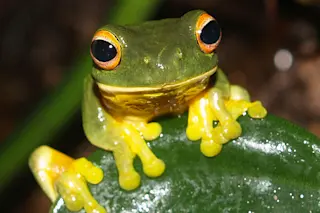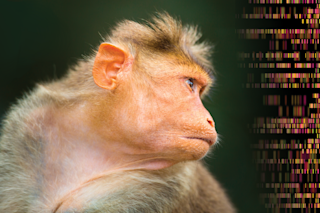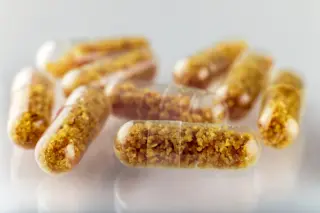Researchers' new-found interest in frogs may only be skin-deep, but that's not necessarily a bad thing. Because hidden within their rugose (science-ese for "wrinkled") flesh may lie a bumper crop of powerful antibiotics. Though hardly a secret among researchers, who've been singing their praises as a potential treasure trove for newdrugs for years, efforts to systematically catalog—or even investigate—the thousands of amphibians that could yield promising new antimicrobial substances have been few and far between. At last week's American Chemical Society (ACS) meeting, a group of scientists from the United Arab Emirates University announced that it had broken this trend by conducting the first large-scale survey of frog skin compounds. Over the course of a year, they managed to isolate close to 200 novel substances, as SciDev.Net's Christine Ottery reports, mostly from species endemic to African countries—a small drop in the bucket when compared to the 6,000 frogs (and thus ...
Frog Skin Secretions Could Yield Antibiotic Bonanza
Discover how frog skin antibiotics may hold the key to fighting drug-resistant infections with novel antimicrobial peptides.
More on Discover
Stay Curious
SubscribeTo The Magazine
Save up to 40% off the cover price when you subscribe to Discover magazine.
Subscribe













